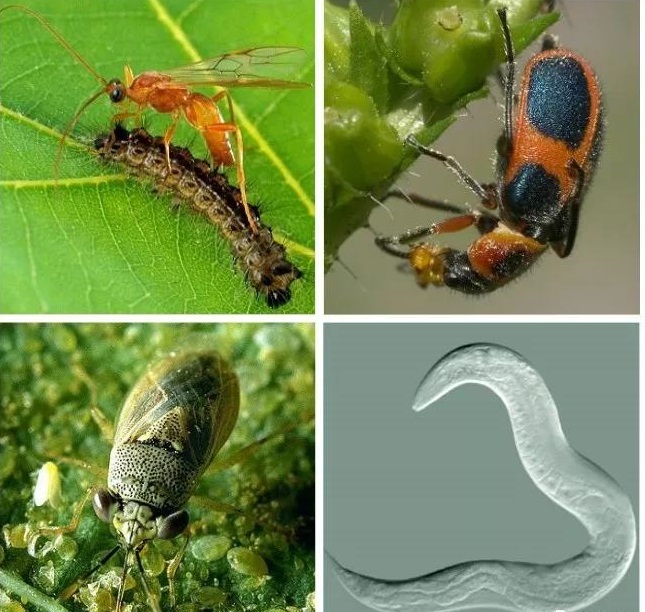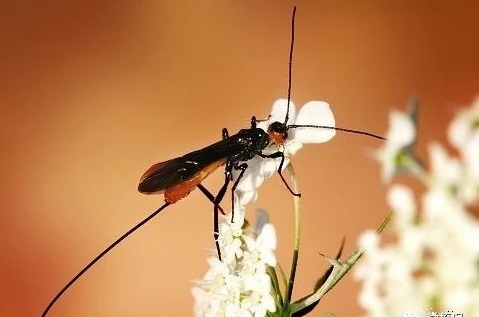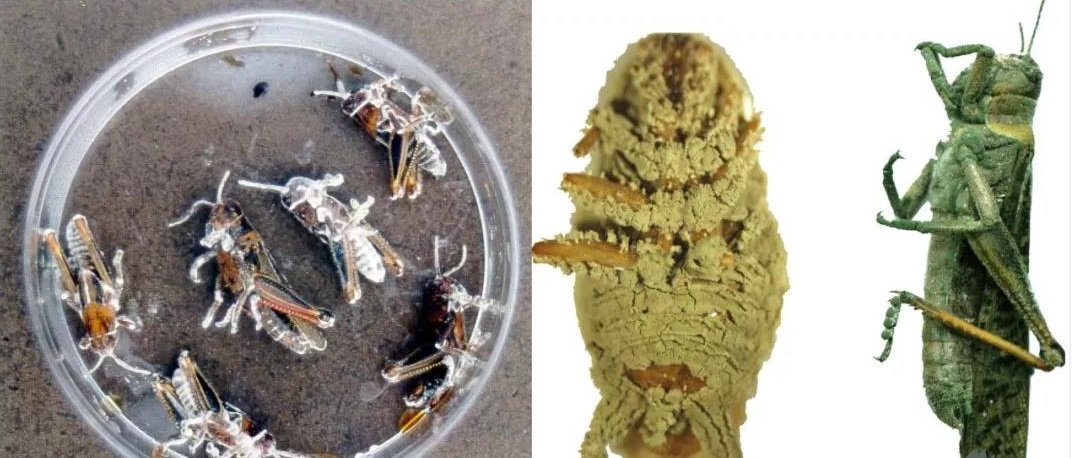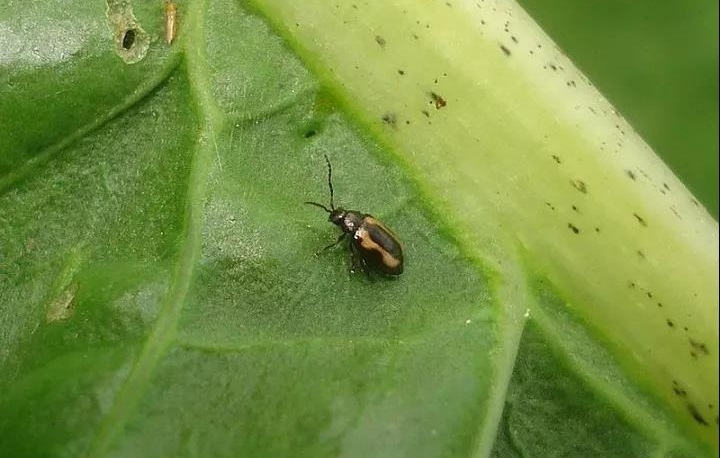As a matter of fact, yellow striped beetles originating in Eurasia are common in the eastern United States, the Pacific Ocean and South Africa, and it is difficult to prevent and control them once they break out because they are skipping, false-dead and hard crustaceans. Therefore, people engaged in agriculture all over the world have thought of various ways and done various research in order to find effective prevention and control methods.
Introduction of natural enemies and entomopathogenic nematodes

The Canadian Rape Commission said that many natural enemies have been found to attack beetle larvae or adults, including parasitic wasps (mainly cocoon wasps), soft-winged beetles and big-eyed bugs.
The application of soft-winged beetles and big-eyed bugs has not been popularized in China. Following is a brief introduction to the morphology and mechanism of the cocoon wasp, which is widely used in China.

Cocoon wasps are important parasitic natural enemies of Phyllostachys flavus. The morphology of adults is very similar to that of wasps, but the size of adults is generally smaller, most of them are below 10 mm, and most of them are between 3 and 7 mm. The antennae are slender and the abdomen is shorter. Very few species have fairly degenerated wing veins. The most common species in China are the wheat moth cocoon wasp, the red bollworm beetle, the borer velvet cocoon wasp, the corn borer long-distance cocoon wasp and the cantharid bee.
It was found that Onychophora and Cocoon wasp Tang could parasitize Onychophora flavus stably. Cocoon wasps lay eggs on the chest of adult beetles, one insect and one egg. After hatching, the larvae develop into mature stage in the larvae, and then pupate from the tail of the host, resulting in the death of the host.
Entomopathogenic nematodes (EPN) are the specialized parasitic natural enemies of insects, which generally refer to the family Stephaniaceae and the family Heterologynidae. They have strong ability to search for hosts, high lethal efficiency of infection, fast action time and harmless to mammals.
There are two ways of infection: active and passive. Passive carriers are rainwater, wind, soil, human or insect. The distance of transmission can reach thousands of meters. When EPN enters the host insect, it can reproduce in a large number in the host, and then emerge from the corpse of the infected nematode to search for new host.
Usage: spray. 100 million tails/mu, 30-100 L water, evenly sprayed on the soil surface. Within 15 meters around the plot, areas suitable for spawning, hatching, migration or living (especially those with moderately higher or more weeds, such as ditches, low-lying areas) should be sprayed.
Use of pathogenic bacteria

Beauveria bassiana is a broad-spectrum insect pathogenic fungus, which can parasitize more than 700 insects in 15orders, 149 families. It has been successfully used to control many important agricultural and forestry pests. In foreign countries, Beauveria bassiana has been developed into a variety of formulations and registered. It is one of the most widely studied and applied entomogenous fungi in the world.
Metarhizium anisopliae is a fungus that grows naturally in soil. It infects different insects by invading the body wall of insects. It can propagate yeastily in the blood chamber of insects and produce a large number of insecticidal toxins, such as destroying hormones, which can inhibit insect immunity and accelerate insecticidal insecticide killing.
Ma Zhuwei of South China Agricultural University found that Beauveria bassiana MS25 strain and Metarhizium anisopliae MS17 strain had 66.67% virulence on the ninth day after treatment, and 94.27% and 87.78% virulence on the seventh day after treatment were screened and made into suspension agent.
Installation of insect pheromone inducer

Usage: When using, pin the bait core on the small hole of the Yellow plate, and pay attention not to cut the sealing of the bait core. Fifteen to twenty insect traps are placed in each mu. Insect mouths on the trap board are regularly observed. The trap board is replaced in time after being stuck.
Other measures
The observation results showed that the Yellow curved stripe beetle did not like to eat the plants with hairy leaves, so choosing the plant species with hairy leaves was helpful to prevent the outbreak of the Yellow curved stripe beetle; almost all Chinese cabbage was harmed by the Yellow curved stripe beetle, but some cabbage varieties were not favored by the Yellow curved stripe beetle, so the crops with certain resistance to the Yellow curved stripe beetle should be selected.
In addition, it is worth emphasizing repeatedly that the spraying methods of the medicines to prevent and control Phyllostachys striolata. Some base technicians complain of poor efficacy and difficulty in prevention and treatment, probably because of incorrect medication methods.
Main Points of Spraying: Jumping armor has strong jumping ability. When spraying, attention should be paid to spraying from the edge of the field to the inside, in order to prevent the adults from escaping to the outside areas not controlled. Spraying action should be light, do not disturb adults.
Contact: Mr. Ma
Phone: +86-0374-5699688
Tel: +86-0374-5699688
Email: [email protected]
Add: Fine Chemical Industry Park, Jianan District, Xuchang, Henan, China